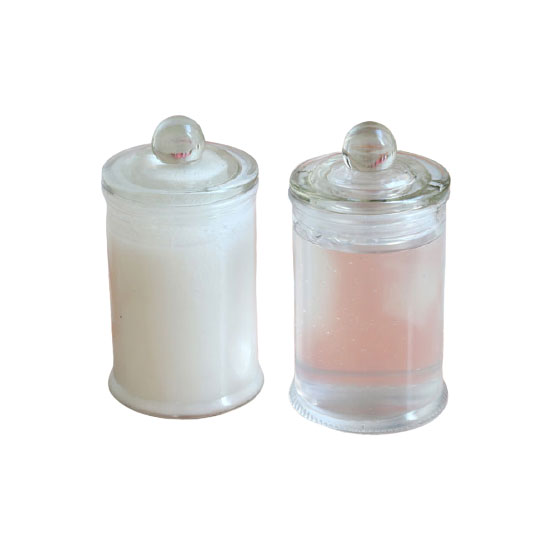The foaming principle of slow-rebound foam mainly involves how the foam material generates and maintains its structure during the manufacturing process and determines its rebound speed. The specific process is as follows:
Use of foaming agent: Slow-rebound foam usually uses specific foaming agents or additives, which help form bubbles during processing. Common foaming agents include water, gas, or certain chemicals, which release gas under heat or mechanical action to form a foam structure.
Foam formation: During the production process of foam materials, the foaming agent reacts with polyols and isocyanates to produce a large amount of gas, which quickly forms bubbles in the liquid matrix. These bubbles will be trapped in the liquid matrix, gradually solidify, and eventually form foam.
Rebound characteristics: The rebound performance of slow-rebound foam is mainly determined by factors such as the molecular structure, hardness, and density of the foam. Usually, slow-rebound foam undergoes a fine cross-linking reaction during the curing process of the foam, making the foam structure more stable, but still maintaining a certain degree of flexibility. When the external pressure is released, the elastic material of the foam can gradually return to its original shape, but this recovery process is slow, thus showing a slow rebound characteristic.
Structure and density: The molecular structure of slow-rebound foam is usually complex, with small and evenly distributed bubbles. The formed foam has a high density and strong toughness, which enables the foam to slowly recover its shape over a long period of time, providing good comfort and support.
Effect of temperature and humidity: The rebound speed of slow-rebound foam is also closely related to temperature and humidity. When the temperature is high, the rebound speed of the foam may be faster, while low temperature conditions may lead to slower rebound. Humidity also affects the elasticity of the foam.
In summary, the foaming principle of slow-rebound foam involves the use of foaming agents, the formation of foam structure, and cross-linking reactions at the molecular level, which ultimately give the foam a slow-rebound characteristic.


